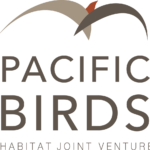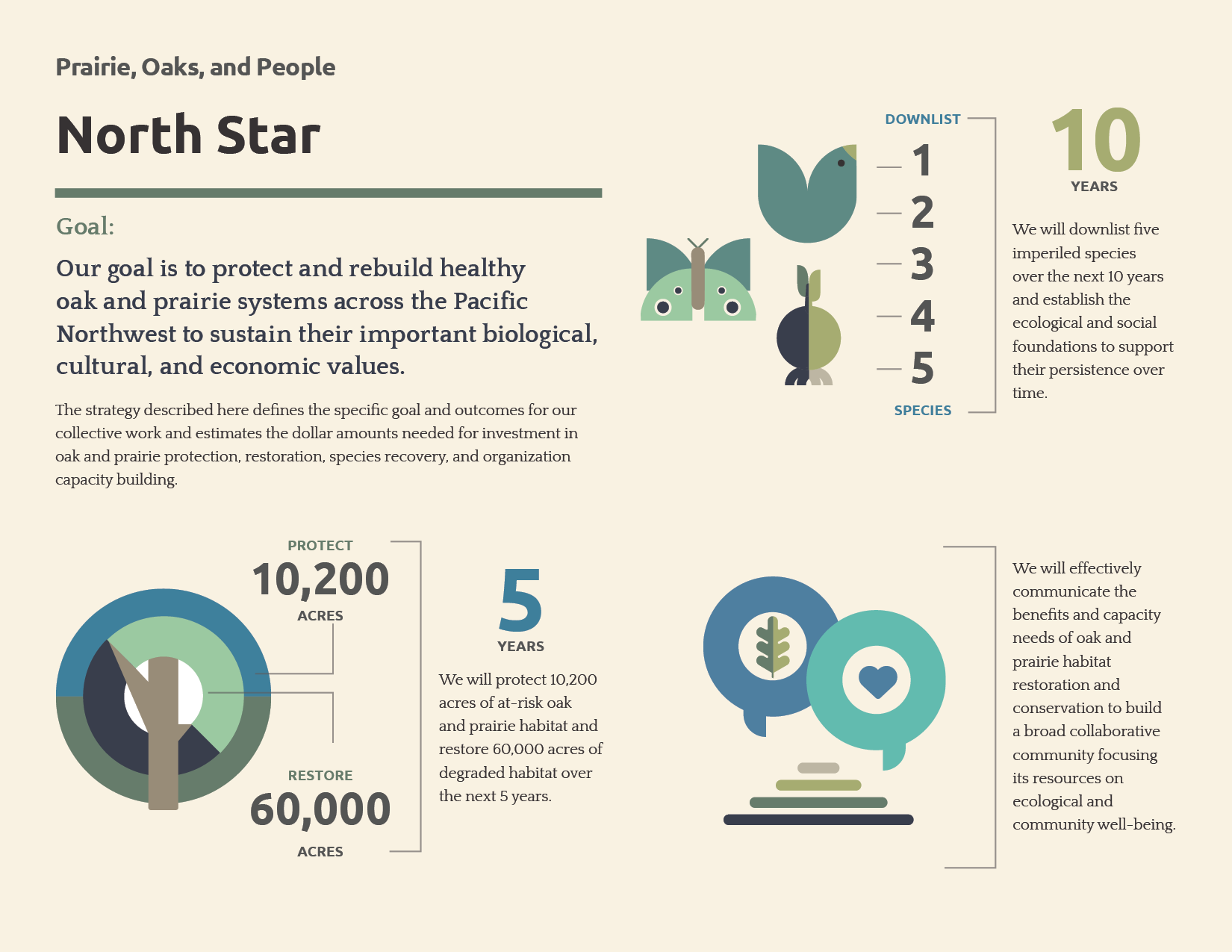A Conservation Investment Strategy
Golden Paintbrush. Credit: Mosa Neis, Pacific Rim Institute
Over the last decade, conservation practitioners, agency staff, tribal partners, scientists, landowners, and community members have been working together to develop the knowledge, policies, and funding streams to more rapidly protect and restore what remains of oak and prairie ecosystems from northern California to southern British Columbia. We are making progress, but we need your help.
The oak and prairie community is positioned to effectively put conservation investments on the ground now.
The strategy described here defines the specific goal and outcomes for our collective work and estimates the dollar amounts needed for investment in oak and prairie protection, restoration, species recovery, and organization capacity building.
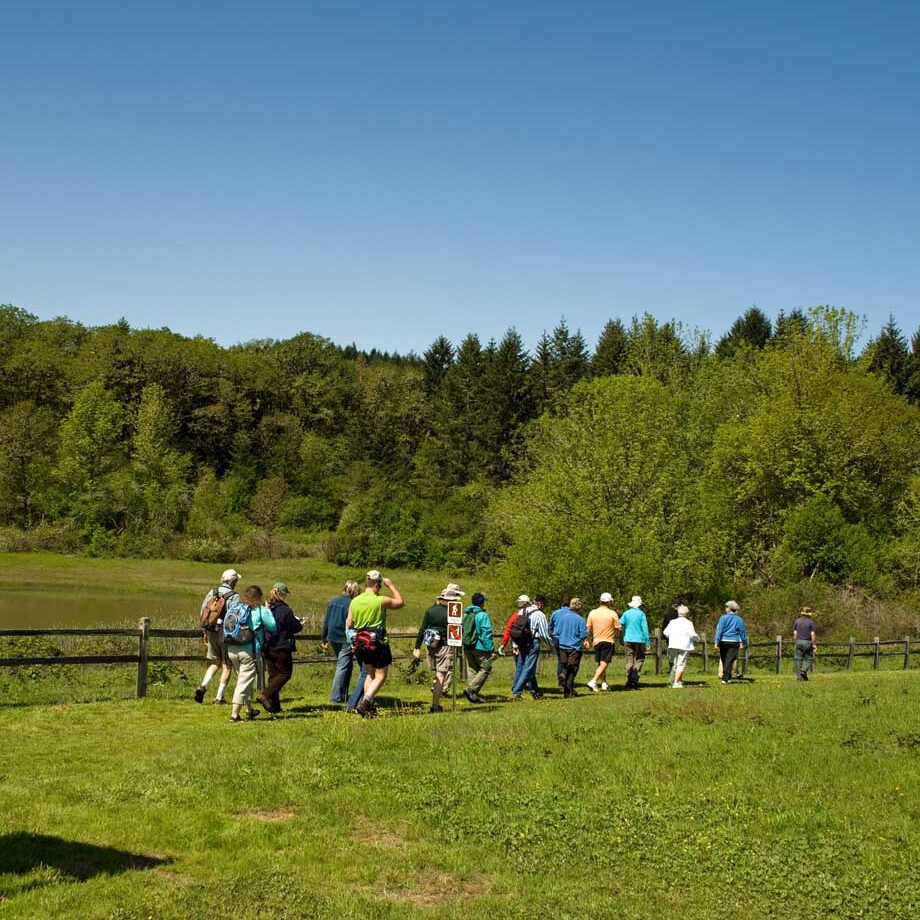
The Goal
Our goal is to protect and rebuild healthy oak and prairie systems across the Pacific Northwest to sustain their important biological, cultural, and economic values. With targeted, coordinated investment, we can revitalize these imperiled oak and prairie ecosystems and the range of important benefits they provide.
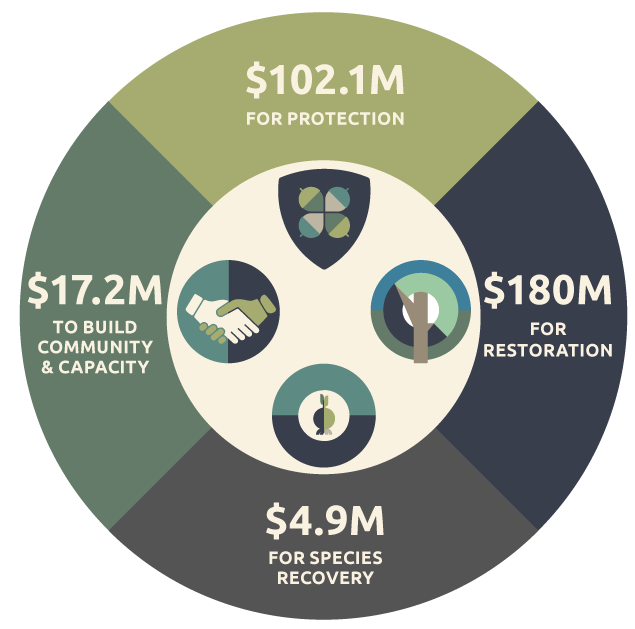
In the next five years, we are asking for:
Funding this investment will result in:
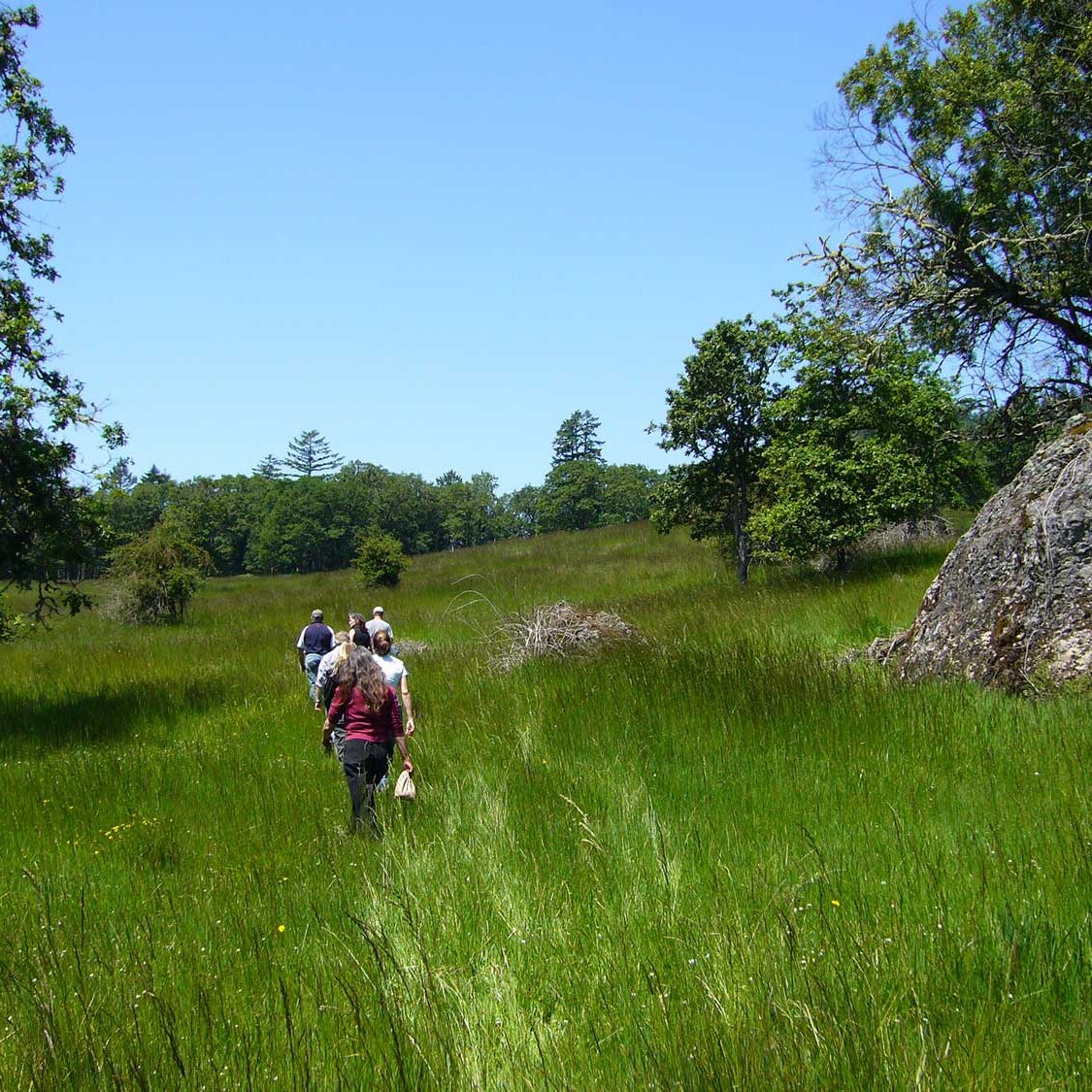
Background
The authors of this plan represent nine regional partnerships across the Pacific Northwest working to advance oak and prairie conservation through land protection and restoration, advocacy, species recovery, and community engagement. Our partners are land trusts, conservation districts, watershed councils, Tribes and First Nations, academics, state and federal agencies, forestry, agriculture, recreation interests, local governments, landowners, and non-government conservation organizations.
This plan is intended for you
We aim to reach a range of audiences including private foundations, philanthropists, governments, and the business community who see benefit in contributing to the goals and outcomes described in this plan. There are significant funding opportunities and this plan is our way of connecting those timely opportunities to the clearly defined restoration needs of oak and prairie ecosystems and the people who depend on them.
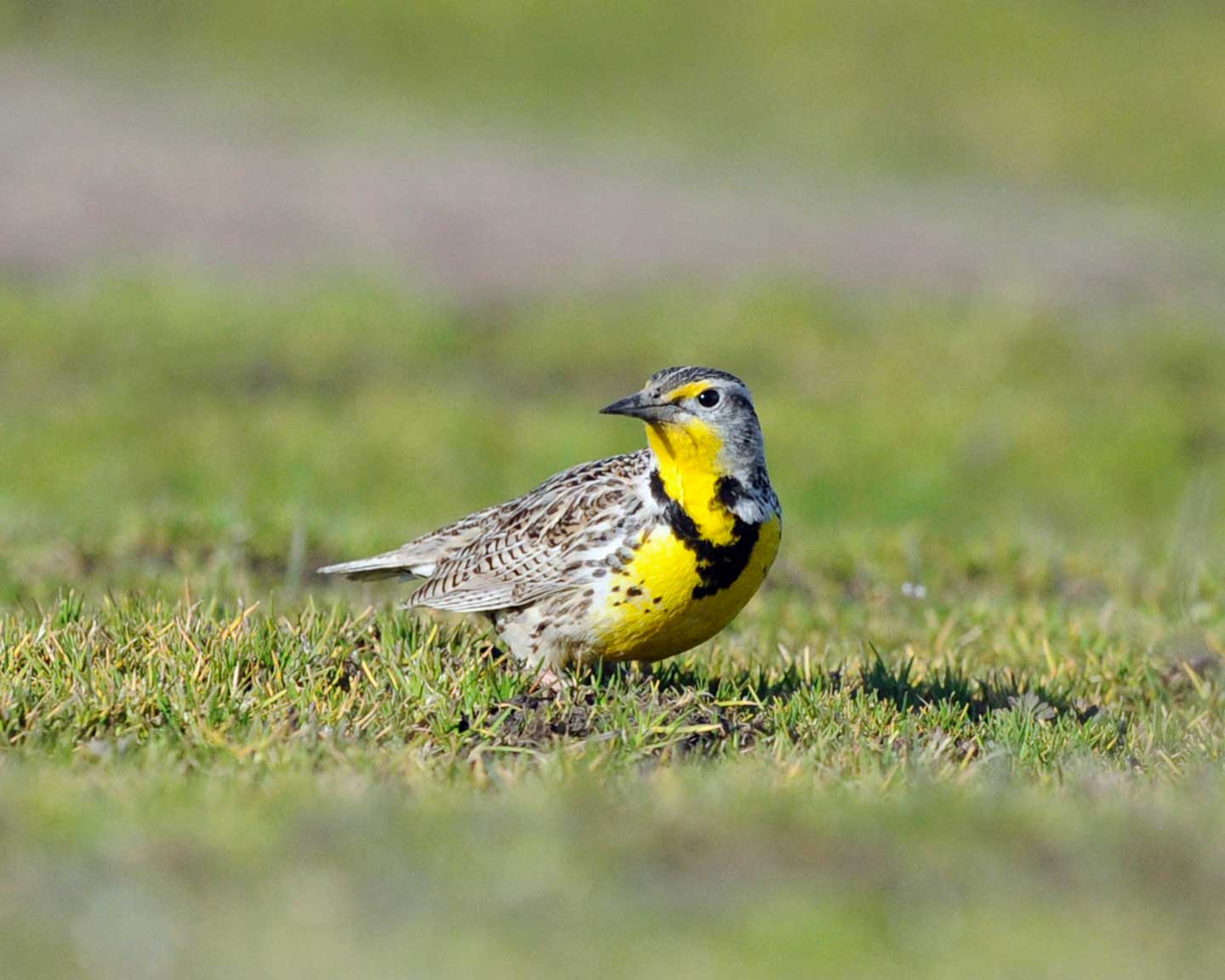
The Numbers
The investment strategy and business plan is designed to focus resources on the highest-priority needs over the next 5 years. It also presents funding requests that can be realistically implemented within that time frame. It defines the baseline level of resources needed for conservation partnerships to operate effectively, secure funding, and coordinate and implement on-the-ground restoration work.
Implementing this Investment Strategy will be the shared work of the oak and prairie partnerships, tribes, landowners, land trusts, agencies, and organizations. Restoring the function of this landscape comes at a price, but so too does catastrophic wildfire, fragmented landscapes, damaged soils, noxious weeds, and loss of biodiversity. The costs presented here are based on data from restoration professionals and conservation planners who have extensive experience developing budgets for on-the-ground project work.
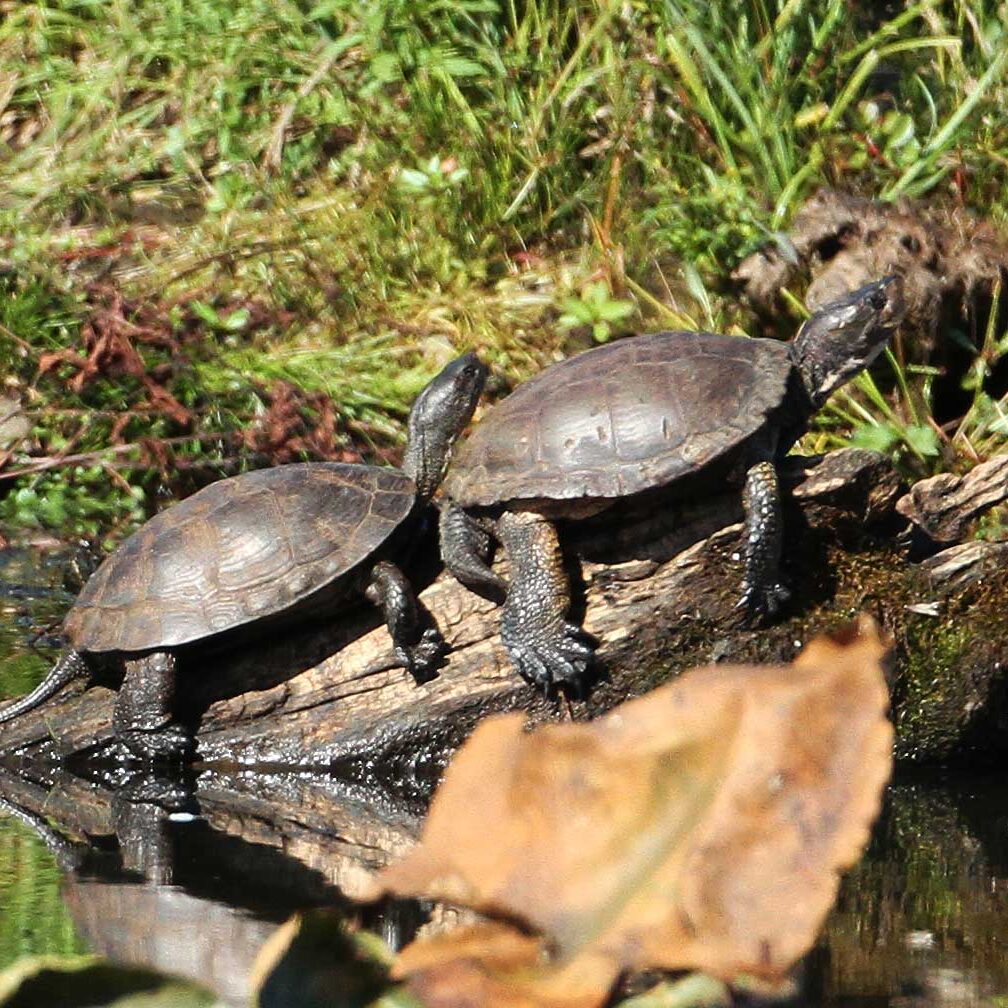
What will this fund?
Core Conservation Activities
| Core Conservation Activity | Definition and examples of sub-activities |
|---|---|
| Protection | Fee-title acquisitions of lands and conservation easements |
| Restoration and Stewardship | Fee-title acquisitions of lands and conservation easements |
| Species Recovery | Native plant materials partnership coordination, species-specific research |
| Capacity and Coordination | Partnership coordination, tribal natural resource program capacity, tribal conservation priorities, access to ancestral lands, state and multi-state outreach, local engagement, and policy and program development |
Investment Strategy
| Sector | Examples Include | Allocation |
|---|---|---|
| Federal Agencies | Bipartisan Infrastructure Law, Inflation Reduction Act, National initiatives, Recovering America’s Wildlife Act, Farm Bill programs, and other funding through the National Resource Conservation Service, US Fish and Wildlife Service, and other federal agencies, Land and Water Conservation Fund | 50% |
| State agencies and state appropriations | Habitat and wildlife programs, fuels reduction and fire recovery, natural and working lands conservation programs, climate funding | 30% |
| Foundations and Private Donations | Grant awards and philanthropic giving that align with habitat conservation and climate resilience | 10% |
| Local government and bonds | Conservation district tax bases; local bond measures; partnerships with/investments from recreation, tourism, and development sectors; issuance of green bonds | 5% |
| Business community | Corporate Social Responsibility Programs, green financing, carbon markets, impact investing, and resiliency bonds | 5% |
